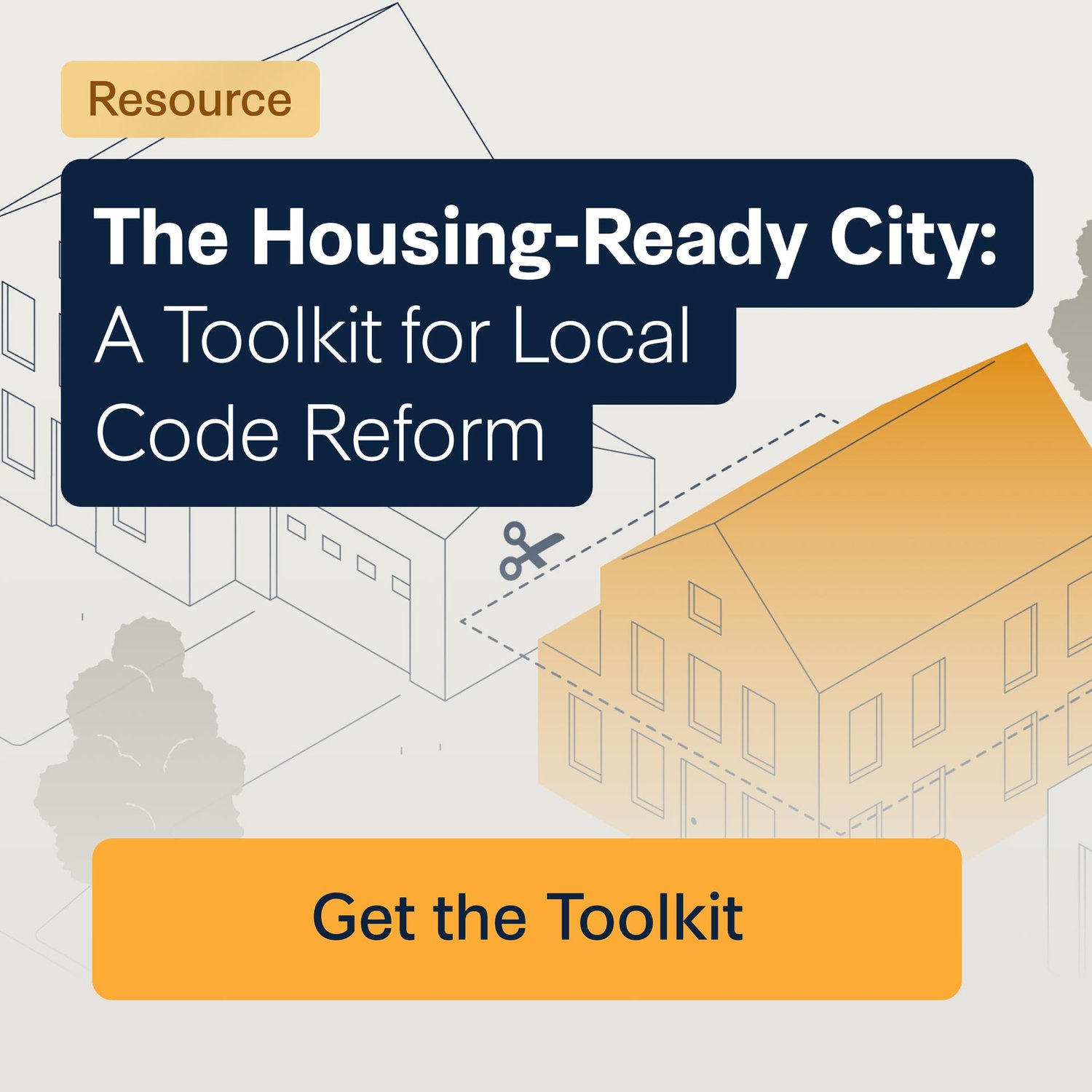We Can’t Solve the Housing Crisis While Making Infill This Hard
A multiplex in the Pacific Northwest.
All across North America, small developers are trying to help solve the housing crisis one modest project at a time — but the system often stops them before they can even begin.
Cary Westerbeck, an architect and infill developer in Bothell, Washington and a longtime member of Strong Towns, has seen it happen too many times to count. “A lot of mom-and-pop developers just give up,” he says. “What a headache — ‘I’m just going to sell the land,’ they say.”
As someone who regularly conducts feasibility studies for these local builders, Westerbeck has a front-row seat to a quiet but widespread failure of policy. In most places, the permitting and review process is effectively the same whether you’re proposing three units or 300. That, he says, is the heart of the problem. When paperwork, fees, and timelines calibrated for large-scale development are applied to much smaller projects, they often become infeasible, unaffordable, and frankly, not worth pursuing at all.
Consider green space requirements. While these rules may make sense for large developments, Westerbeck recalls one project where the same standard was applied to a small infill site with absurd results. The so-called open space ended up being “about the size of a postage stamp.” It wasn’t functional, it added unnecessary complexity to the project, and at its size, it didn’t even comply with the intentions of the requirement.
These kinds of blanket rules drive up the time and expense required to get even the smallest projects off the ground. The delays and added hurdles don’t just slow down construction — they push would-be developers out entirely.
When asked what a “fast” permitting timeline would look like for an infill project, Westerbeck said six months. But even that, he noted, is longer than it should be. Ideally, a small-scale development should move through permitting in three to four months, roughly the same as a single-family home.
But in practice, that kind of speed is nearly unheard of. While it’s relatively straightforward to build a single-family detached house, Westerbeck says even a modest triplex triggers a cascade of additional hurdles. The irony is especially sharp in areas where cities claim to support walkable, transit-connected housing — and then saddle those same projects with layers of process and delay.
In one recent project, Westerbeck was trying to build on land right along a bus rapid transit corridor, a prime location for mixed-use or multifamily housing. He learned the street was scheduled for repaving in two years and proactively reached out to the city’s engineer, letting them know his project would require digging into the street for utilities. “For months and months and months… I’ve got an email chain,” he said.
Despite his early attempt to coordinate, the process dragged on so long that he ended up digging into freshly repaved asphalt — “it was practically still warm.” On top of it, he had to eat an additional $20,000 in costs that he believes could have easily been avoided. “It would’ve saved us money, it would’ve saved them hassle…” he added.
These experiences aren’t unique to Bothell—nor do they define it. In fact, Bothell has emerged as a local leader in addressing housing challenges, with a track record of bold upzoning and ongoing efforts to update outdated policies. “I'm grateful to be developing in Bothell,” he says. “It’s a bright spot.” In fact, the city even updated the open space requirement following his experience, demonstrating an openness to change.
Still, his story underscores a critical challenge: even cities that are making strides in reform face persistent obstacles. Across the board, building a single-family home remains easier than developing even the smallest multiplex—revealing a system that rewards the former and hinders the latter.
If cities want to support the kind of housing they say they value, they need policies that make it possible. The Housing-Ready City Toolkit outlines six practical reforms to help turn housing goals into housing results.






